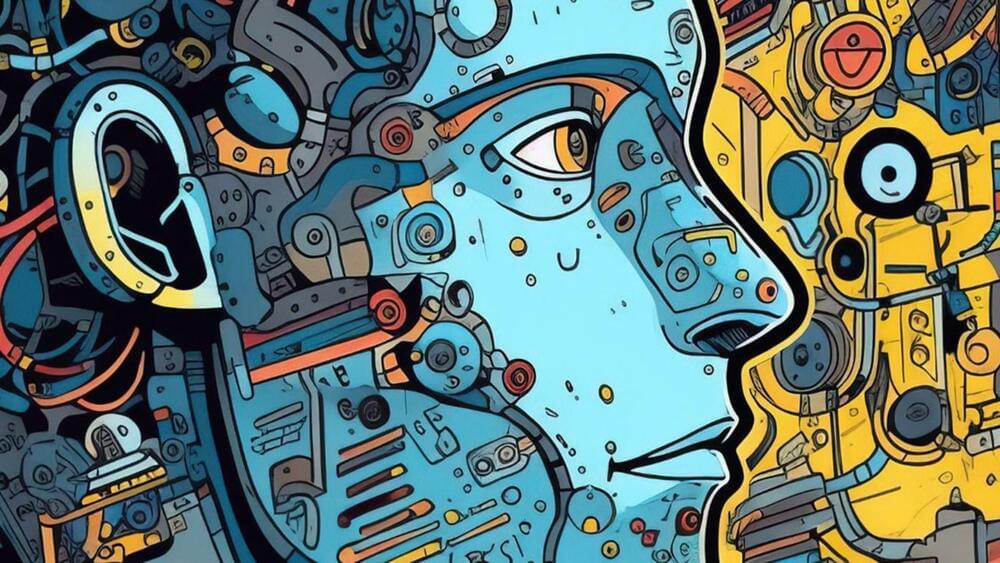The technology, which identifies holes and then fills them in, will be tested across Hertfordshire.



In a recent study, researchers studied the risks of deceptive AI behavior, from writing secure code to turning hostile, the threats are real and I explore them in my latest article ‘Exploring the Dark Side of AI: Uncovering Sleeper Agents’
Artificial Intelligence (AI) has advanced significantly, bringing both opportunities and risks. One emerging concern is the potential for AI systems to exhibit strategically deceptive behavior, where they behave helpfully in most situations but deviate to pursue alternative objectives when given the opportunity. This article explores the risks associated with deceptive AI controlled by the wrong entities, using a recent research paper as a basis. Understanding Deceptive AI The paper titled Slee.
Even cheap hardware can perform complex tasks, and AI is helping robots get smarter still.
Sophisticated robots don’t have to cost a fortune.





Job replacement has been a key risk factor with advancement in AI-related tech.
The International Monetary Fund (IMF) posits that the potential impact of Artificial Intelligence (AI) on the global job market stands at 40%, with advanced economies anticipated to bear the brunt of this transformation.

Using #AI to define the chemical “reactome”—the important functional sites in small molecules.
High-throughput experimentation (HTE) has great utility for chemical synthesis. However, robust interpretation of high-throughput data remains a challenge. Now, a flexible analyser has been developed on the basis of a machine learning-statistical analysis framework, which can reveal hidden chemical insights from historical HTE data of varying scopes, sizes and biases.
